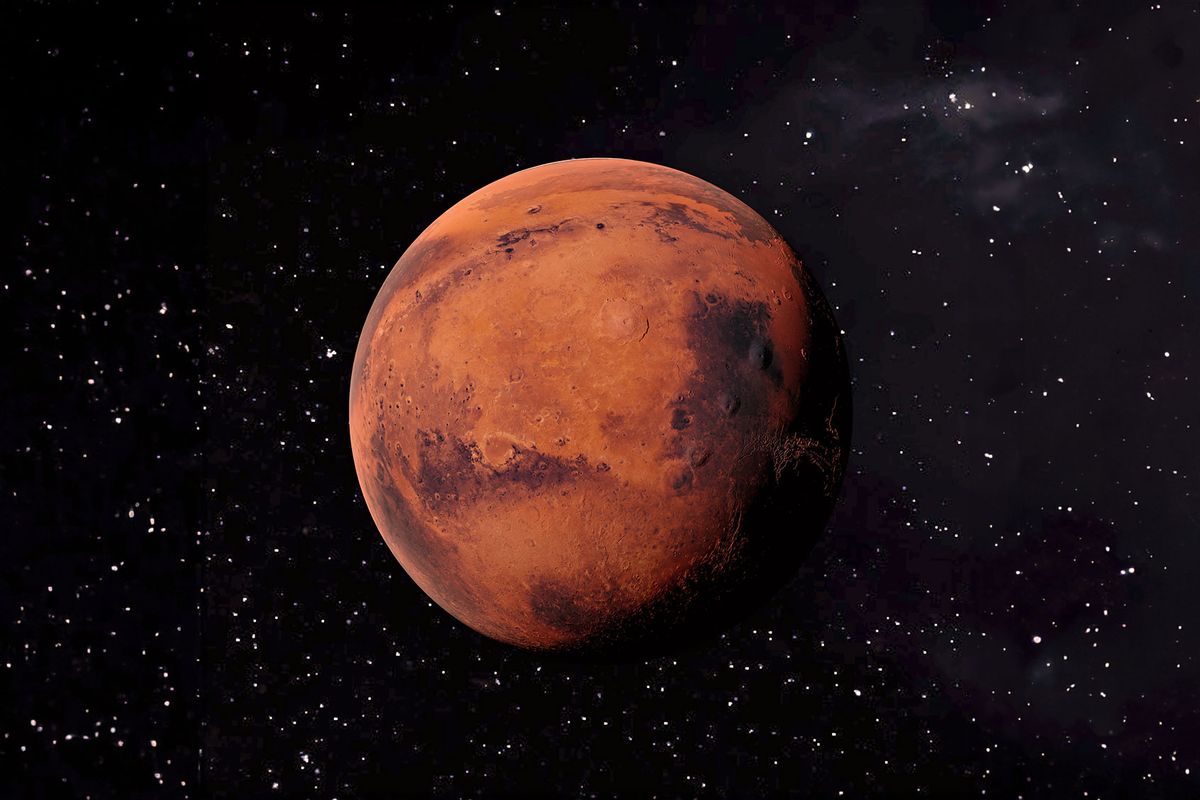If life exists on alien worlds, scientists expect that the worlds in question would have certain basic properties. There would be carbon, an element essential to the creation of organic molecules. The world will include enough water for the life to flourish, and the environment will stay within an acceptable range of temperatures (-15º C to 115º C). Even if those conditions do not currently exist on any known worlds, scientists hope life may have been present on certain planets in the past.
One such planet for which people harbor hope is Earth's red next-door neighbor, Mars. Yet according to a recent study in the journal Communications Earth and Environment, Mars does not quite meet the standards necessary to have supported life in its past — at least, not like anything on Earth.
Upon examining materials discovered by NASA's Curiosity Rover in Mars' Gale Crater since 2011, the scientists compared those soils with analogous materials on Earth. The Gale Crater soil and rocks provide a record of Mars' climate from between 3 billion and 4 billion years ago, which is roughly the same time when life appeared on Earth. They also contain unique structures — what one scientist described as "X-Ray amorphous materials like Jello," a "soup of different elements and chemicals that just slide past each other" — which make it possible to establish what external conditions existed while they were formed.
Yet according to the researchers — who used X-ray diffraction analysis and transmission electron microscopy to examine both the Gale Crater samples and samples from the Tablelands of Gros Morne National Park in Newfoundland, Northern California’s Klamath Mountains, and western Nevada — the geological records are not promising for past life.
Although the subarctic conditions of Newfoundland did yield materials chemically analogous to those in Gale Crater, this did not happen in the warmer climates like California and Nevada. This means that the unique structures could have only been formed when the temperatures on Mars were much colder than Earth-based life can endure.



Shares